Highlighting eight destinations in 2023 grappling with overtourism and offering tips on avoiding crowds in the coming year
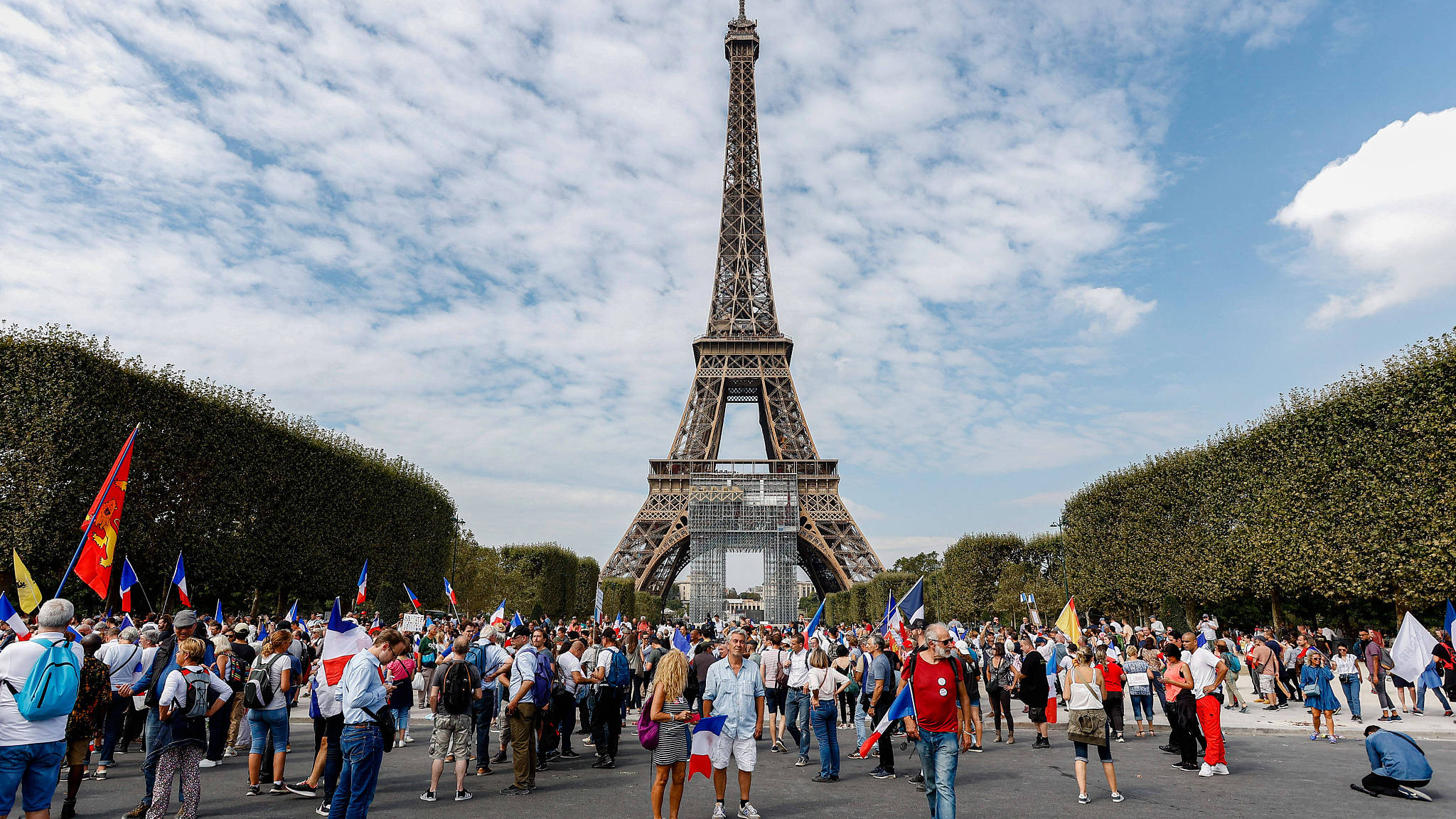
After enduring a downturn due to the pandemic, the travel industry is now experiencing a robust resurgence, set to generate approximately $9.5 trillion in 2023, reaching 95% of its pre-pandemic levels, as per the World Travel & Tourism Council. The upswing is particularly evident in popular tourist destinations, which have seen record-breaking visitor numbers in the past year.
While this surge brings economic benefits to local communities and hospitality businesses, it also brings challenges such as increased noise, pollution, traffic, and strain on public resources. Residents may experience a lower quality of life, and visitors may encounter a diminished experience. Many global tourist hubs, including several in Europe, have implemented initiatives and restrictions to address overtourism. These measures include tourist taxes, campaigns to discourage problematic visitors, and attendance limits at popular attractions.
Fortunately, there is growing awareness among travelers about the risks of overtourism and a willingness to contribute to solutions. According to a 2022 survey by Booking.com, 64% of respondents expressed a readiness to avoid crowded tourist sites, and 31% were willing to choose alternative destinations to alleviate overcrowding.
In 2023, some prominent destinations worldwide have faced overtourism challenges, prompting headlines. This overview explores the actions taken to address the issue and suggests how travelers can play a role in mitigating or entirely avoiding crowds in 2024.
Amsterdam
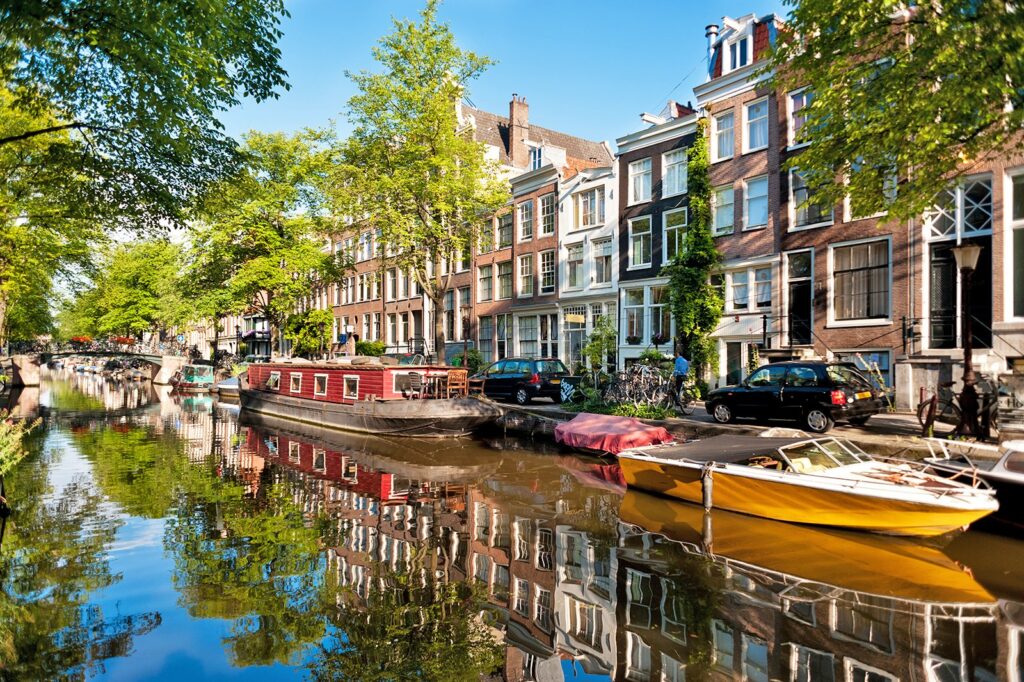
The Dutch are traditionally known for their directness, and in 2023, tourism officials in Amsterdam weren’t shy about taking aim at one particular demographic — young British males — as “nuisance tourists” who are not welcome in the Dutch capital, a city long associated with vice.
The initiative, announced in March 2023, specifically targeted young male Brits, telling them to “stay away” if they had plans to “go wild” in Amsterdam. Online searches in the UK for terms such as “pub crawl Amsterdam,” “stag party Amsterdam,” or “cheap hotel Amsterdam” generated a video ad warning about the consequences of overimbibing, drug use or acting too rowdy.
The campaign is part of the city’s comprehensive plan to reduce mass tourism, attract a different kind of demographic and make life more hospitable for residents, especially in De Wallen, also known as the Red Light District. In 2021, an ordinance called “Amsterdam Tourism in Balance” was implemented, establishing that when the number of overnight visitors hits 18 million, the city council is “obliged to intervene”.
Since then, officials have banned smoking marijuana on the streets in De Wallen and adopted a proposal that will eventually ban cruise ships from the city.
Good or bad behavior notwithstanding, all visitors to Amsterdam in 2024 should plan to pay the highest tourist taxes in Europe.
In September, the city announced the daily fee for cruise ship day visitors will go from 8 to 11 euros (about $8.50 to $11.60), while the nightly fee built into hotel room prices will jump to 12.5% of the room rate. But even with such initiatives in place, Amsterdam is still expected to host up to 23 million annual overnight visitors by 2025 (not counting another 24 million to 25 million day visits).
How to avoid the crowds: January, February and March are among Amsterdam’s least-visited months, but travelers also should be prepared to deal with cold, rainy weather. June brings better weather but more crowds, though not as many as later in the summer since school is still in session for many European countries.
Travelers looking to experience Dutch culture but not the masses in Amsterdam can choose from plenty of worthwhile alternatives within an easy train ride.
The Hague, Utrecht and Rotterdam are all solid options for a city-centric getaway, while an array of quaint towns beckon with more relaxed exploring and distinctly Dutch charm. About an hour southwest of Amsterdam, Delft, which is sometimes described as a “mini Amsterdam” thanks to its network of canals and Dutch architecture, does draw its own share of tourists, but it remains refreshingly free of boisterous, bawdy crowds.
Athens

A scorching heat wave in Europe didn’t stop hordes of visitors from cramming into the Greek capital this summer.
In fact, the Acropolis, the country’s most visited archaeological site, was so packed that in September officials capped the number of visitors into the ancient landmark at 20,000 per day via an hourly slot system on a booking site. Starting in April 2024, the new booking system will also apply to more than 25 other archaeological sites and monuments across the country.
Crowds swarmed Greece’s most popular islands, too, including Santorini and Mykonos — a trend that’s sure to continue as Greece’s perennial appeal among travelers shows no signs of fading.
How to avoid the crowds: To sidestep the worst of the congestion in Athens, visit outside the peak months of July and August. April and May are sublime before summer crowds arrive, and after they disperse, September and October beckon with cooler temperatures and more space to enjoy the city’s museums and monuments.
On that note: Anyone who has the Acropolis on their bucket list may want to book a timeslot in the afternoon or early evening, as the bulk of the crowds, including cruise ship passengers, come in the morning.
Finally, anyone planning to tack an island visit onto an off-season Athens trip should note there are reduced ferry services and closures for restaurants and lodging, especially January through March.
Bali

fter the runaway success of writer Elizabeth Gilbert’s memoir-turned-movie, “Eat Pray Love,” Bali’s popularity skyrocketed far beyond the backpacker-and-beachgoer crowd it traditionally attracted. But spirituality-seeking travelers are just one part of the tourism tidal wave that has all but drowned the Indonesian province over the past decade, from digital nomads to badly behaving tourists and everyone (with a passport) in between.
Lately, out-of-control visitors have become especially problematic – so much so that in spring 2023 provincial governor Wayan Koster required a do’s and don’ts list to be attached onto tourist passports. Among the rules: no swearing, touching sacred trees or climbing structures.
Bali-bound international tourists who visit from February 14, 2024, also will have to pay a new tax of 150,000 Indonesian rupiah, which is equivalent to about $10. And travelers who have already paid it aren’t exempt from paying it again if they return to Bali after visiting other destinations in Indonesia.
Government officials also have started sounding the alarm about the risks of overtourism on Indonesia’s flagship destination. Citing the problems of mass tourism in some European cities, Indonesia’s Minister for Tourism and Creative Economies, Sandiaga Uno, stressed the need to shift to more sustainable tourism models, as well as attracting visitors who “stay longer and spend on the larger local economy.”
How to avoid the crowds: The rainy season generally falls from October to April, which means fewer tourists – with the exception of December and January, especially New Year’s, when beach parties at resorts across the island attract thousands of revelers. July and August are the busiest months with international visitors and Indonesia’s school holidays, so those months are also best avoided. On island, travelers who venture beyond Ubud, Bali’s cultural hub, can escape some of the crowds.
Barcelona
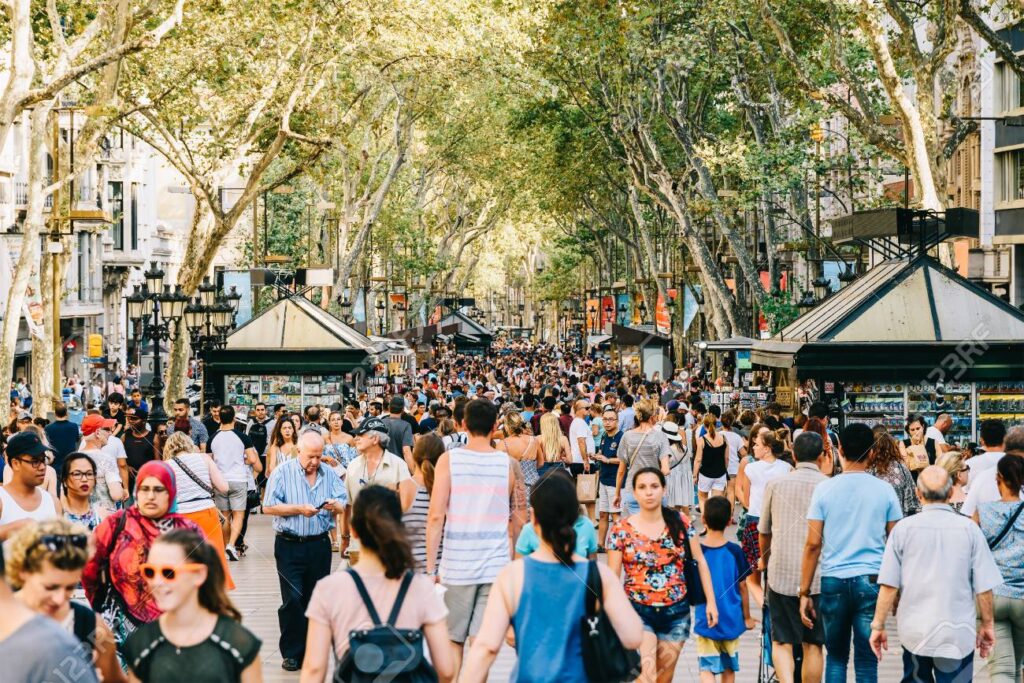
Barcelona was among the first European cities to ban new hotels in its city center and restrict short-term room rentals. But in local and regional elections in May, overtourism evolved into a political buzzword, and like other hot spots, the city has ramped up measures to curb the problem.
In October, Barcelona closed its northern port terminal to cruise traffic following an agreement with local authorities to shift ships farther out of town, a move that will affect about 340 annual cruise dockings, according to data released by port authorities.
Starting on April 1, 2024, tourists (including cruise visitors) will have to pay a higher “city surcharge” of 3.25 euros (about $3.50), up from 2.75 euros (about $3) in 2023.
But for some Barcelona residents, more needs to be done. Throughout the year, evidence of the collective frustration with so many visitors popped up in the form of banners, slogans and expletive-heavy graffiti urging tourists to “go home” on building facades.
How to avoid the crowds: As with many other European hubs, Barcelona is bustling in the summer, especially in July and August. Shoulder seasons generally fall in spring and autumn, with the notable exception of Easter week, when crowds and prices are somewhat higher.
Miami
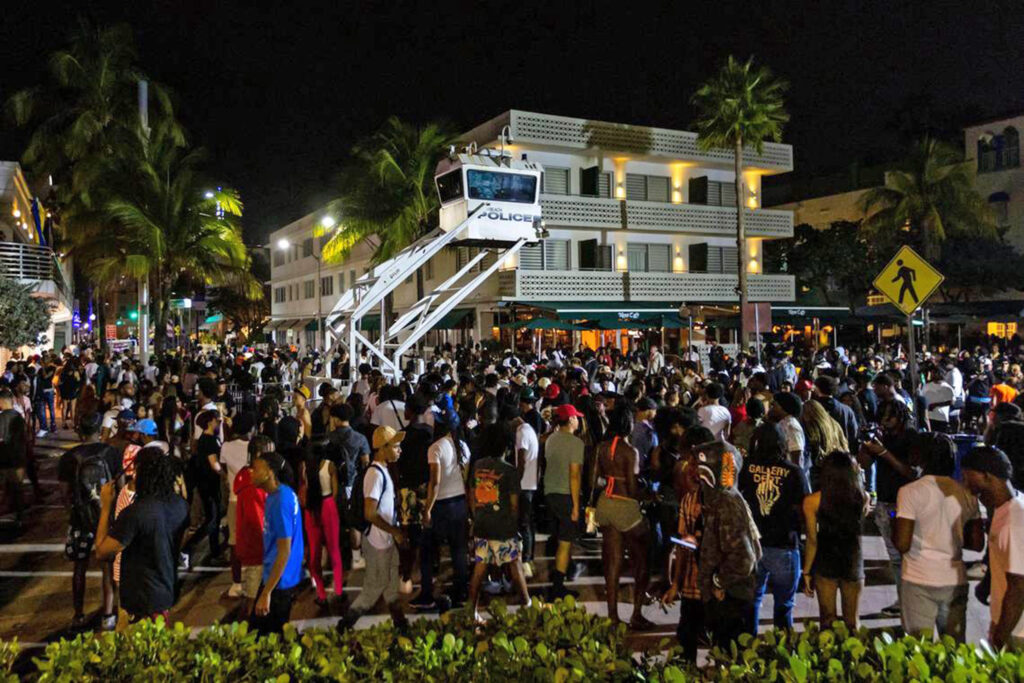
In a May 2023 release, the Greater Miami Convention & Visitors Bureau, Miami-Dade County’s official destination marketing organization, released 2022 tourism figures. Among the record-setting numbers: 26.5 million visitors and an estimated $20.8 billion in spending, marking an 8% increase over 2021 — results it described as “a tourism home run.”
However, some locals are calling foul on the impact of rampant, unchecked crowds on affected residents and neighborhoods.
In a 2021 op-ed piece in The Miami Herald newspaper, Richard Florida warned city officials of the negative effects of what he called “blotto tourism: where people travel to an area to party and get drunk — fueled by the pent-up energy of the pandemic and enabled by cheap airfares and accommodations,” especially in neighborhoods such as Miami Beach, where Florida, an urbanist, is a part-time resident.
Citing overtourism problems plaguing cities such as Amsterdam, Venice and Rome, Florida urged Miami officials to implement similar initiatives as those destinations, including restrictions on alcohol consumption and curbing noise in the city’s entertainment district.
“Residents are increasingly concerned about rising crime and disorder, feeling that the city is becoming more dangerous and less family friendly,” Florida wrote. “People can and do vote with their feet. Families, especially those with young children will move out, as some are already doing, further weakening the fabric of neighborhoods.”
How to avoid the crowds: Travelers who can bear the stifling heat and humidity of South Florida summers will contend with fewer crowds. November through April, when temperatures aren’t quite so spicy, is Miami’s high season, and in early December, the art set swarms in during Art Basel.
Paris
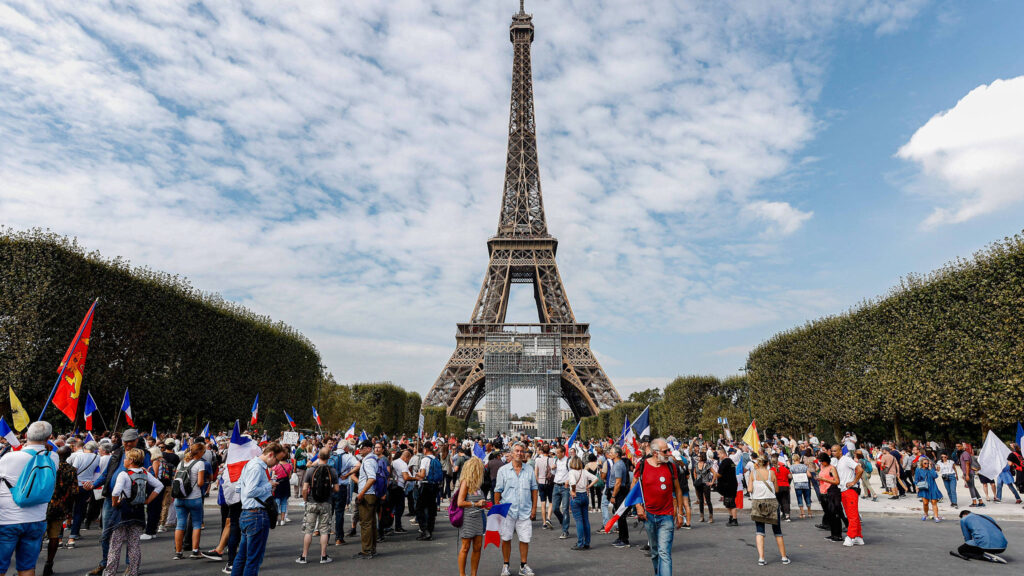
A perennial favorite for fashion-forward, culture-loving travelers, the City of Light has attracted yet another wave of visitors over the past few years, thanks in part to the outsized popularity of the Netflix hit “Emily in Paris” and the city’s role as host of the 2024 Summer Olympics.
Anyone who’s visited the French capital as of late has likely felt the squeeze. Top attractions such as the Eiffel Tower overflow with tourists, especially in peak seasons of spring and summer. In June 2022, the Louvre museum announced it would limit daily visitors to 30,000.
Such moves are part of a larger plan that French tourism minister Olivia Grégoire announced in June 2023 to combat overtourism across the country. (Interestingly enough, one of the initiatives outlined was collaborating with travel influencers — a group many blame as part of the problem — to help spread awareness of the issues caused by mass tourism.)
How to avoid the crowds: Paris is poised to be especially crowded in 2024 in the lead-up to the Summer Olympic Games, which kick off on July 26. However, in non-Olympic times, travelers can take advantage of the off-season, which generally runs from November through March (except for the flurry of travelers around Christmas).
Beyond Paris, francophiles have plenty of options to soak up that inimitable French vibe without battling the tourist crowds of the capital. Lyon, for one, boasts a lovely city center located at the meeting point of the Saône and Rhone rivers, a vibrant art scene, a light festival dating to the mid-1850s and France’s largest urban park.
Phuket

Thailand’s government didn’t lift Covid-19 regulations until October 2022, but it didn’t take long for beach-loving visitors to flock in droves back to Phuket, an island province that sits off the coast of the mainland.
According to a study by MoneyTransfers.com, Phuket earned the top spot as the world’s most overcrowded destination in 2023, with a whopping 118 tourists for every local resident. The same study also found that Pattaya and Krabi, also in Thailand, followed in the second and third spots, with 98.7 and 72.2 travelers per resident, respectively.
On social media, many visitors describe Phuket as one of the most geographically stunning places they’ve ever seen — yet also remark that it’s crowded and polluted thanks to mass tourism.
In an effort to shift toward more responsible tourism, Thailand’s tourist authority has announced ongoing plans to target sought-after visitor demographics including “health and wellness aficionados, families with kids, active seniors, and remote workers/ teleworkers.”
“We believe this will heighten our goal for Thailand to achieve high value and sustainable tourism growth,” Yuthasak Supasorn, governor of the Tourism Authority of Thailand, said in a release.
How to avoid the crowds: Thanks to its tropical monsoon climate, Phuket’s peak tourism season – generally from November through April – coincides with less rainy weather. Travelers who visit in the monsoon season, which generally runs from May through October, can take advantage of fewer crowds and lower prices but should be prepared to contend with some wet weather.
Venice
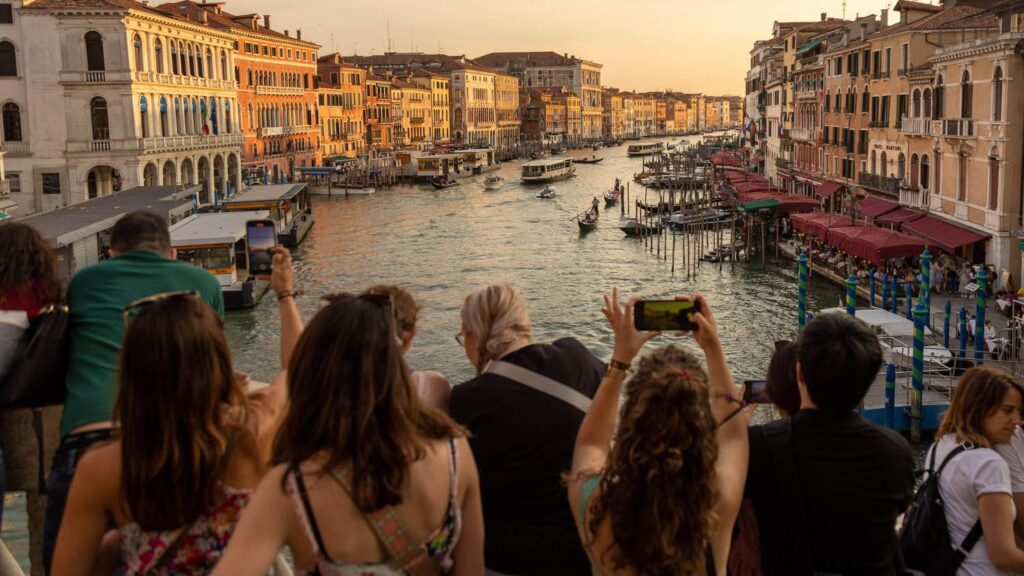
Fluorescent green water in its Grand Canal, badly behaving tourists and bridges and squares bursting with people: While this ancient Italian city has grappled with crowd control for some time, overtourism seemed to make more headlines than ever in 2023.
Concrete plans to address the issues have been slow to develop. Several years ago, officials announced a plan for a tourist tax charged to day-trippers, but following various objections and setbacks, released the fee schedule only recently — and it won’t take effect until April 2024.
The plan outlines a 5-euro fee (about $5.45) for day-trippers who are 15 and older. It will apply to tourists who are not spending the night, and fees will be charged only on 29 days in 2024, most of which fall on weekends during the high season from April to July. The fee will apply between 8:30 a.m. and 4 p.m. – considered the busiest part of the day for Venice – and short-term visitors outside of those hours are exempt.
How much of an effect the tourist tax will have remains to be seen. But for now, Venice and its lagoon have escaped being added to UNESCO’s World Heritage in Danger list— an omission that came as a surprise to many during a September meeting of the UN agency in Saudi Arabia. However, the World Heritage Committee maintained nonetheless that Venice still faces major challenges and urged Italy to continue to protect it.
How to avoid the crowds: November through March come with chilly but manageable temperatures in Venice – but considerably fewer tourists (with the notable exception of the Venice Carnival, which runs from February 3-13 in 2024). Avoid the fee for day-trippers — and have more of the city to yourself in the evening and early mornings — by staying overnight.
Tourists who want to do their part to preserve Venice might also consider other, less-crowded European destinations that boast their own unique waterways. Known as the “Venice of France,” Annecy, a lakeside town in the French Alps, looks lifted from a fairytale, with cheerful houses perched alongside its network of canals. And about an hour outside of Berlin, the Spreewald is often referred to as the “Venice of Germany” for its winding canals through lush green forests.

